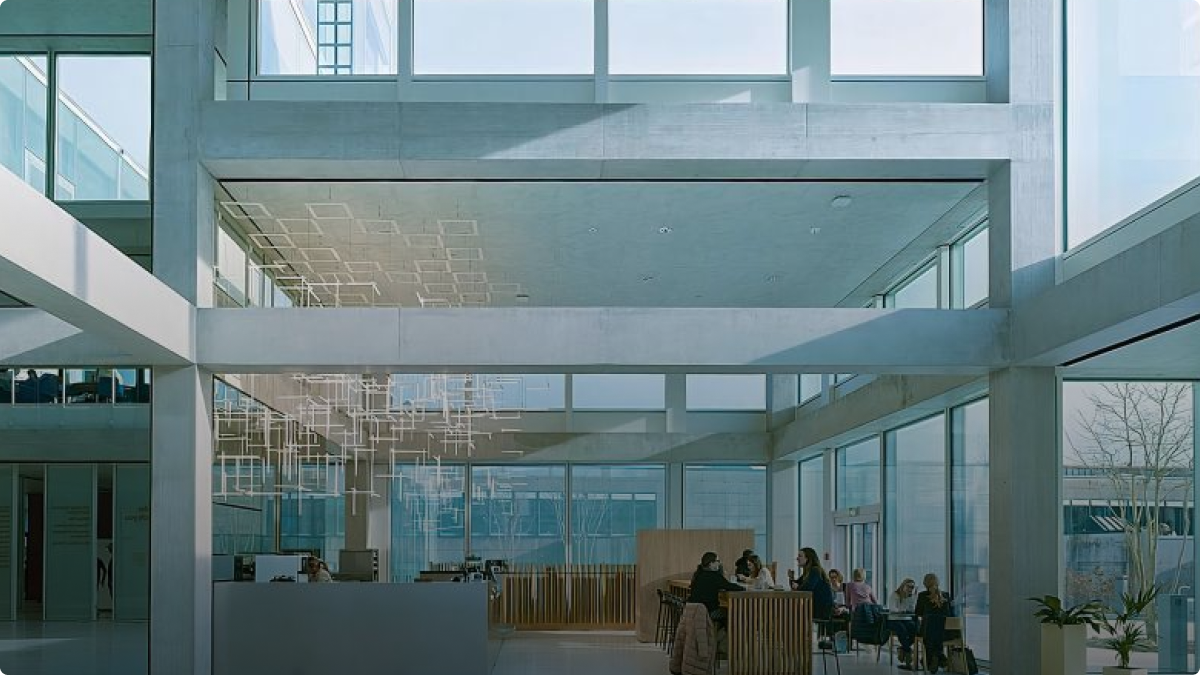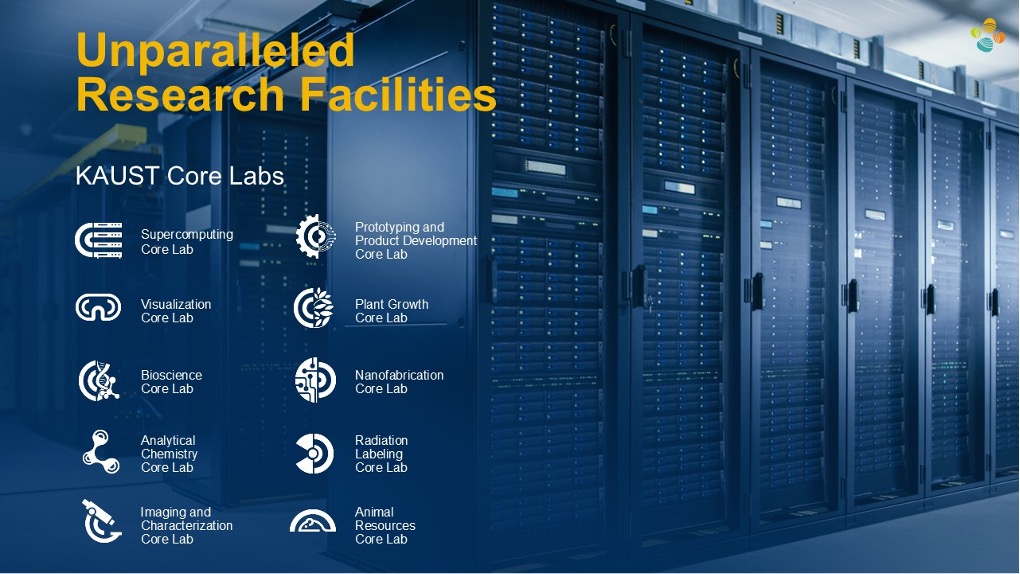FACILITIES
Located within the world-renowned King Abdullah University of Science and Technology (KAUST), the Urban Lab is uniquely positioned to leverage KAUST’s cutting-edge research environment and infrastructure. Our researchers benefit from access to world-class laboratories, advanced scientific tools, and an innovation-driven campus that supports interdisciplinary collaboration. The Urban Lab is designed as a hub for applied research, data-driven experimentation, and scalable innovation in sustainability, climate, and urban systems. Through our integrated facilities and strong connection to KAUST’s ecosystem, we provide our researchers, students, and partners with the resources needed to explore novel ideas and deliver transformative solutions for cities in Saudi Arabia and around the world.

Integrated and Monitoring Systems
At KAUST Urban Lab, we leverage cutting-edge integrated and monitoring systems to gather precise, real-time environmental and urban data. These systems enable multi-scale research in climate monitoring, air quality assessment, spatial mapping, and infrastructure performance. By combining aerial, mobile, and stationary sensing platforms, we empower our researchers to analyze complex urban dynamics with high spatial and temporal resolution. Below is an overview of our core monitoring technologies.
Computational Resources
At KAUST Urban Lab, advanced computational capabilities are essential to our research, enabling high-performance simulations, modeling, and data processing. Our researchers benefit from access to KAUST's world-class infrastructure and internal lab resources that support complex, data-driven research across all five pillars and approaches. These tools enhance our ability to explore sustainability, resiliency, and livability challenges in urban environments.
Lab Equipment and Tools
At KAUST Urban Lab, advanced The KAUST Urban Lab is equipped with a diverse collection of portable and stationary instruments that support field studies, environmental monitoring, and experimental analysis across multiple research themes. These tools are used for collecting real-time data on air quality, thermal performance, human comfort, lighting, sound levels, and more. Many instruments are essential for both research and community outreach activities and are regularly employed in student-led experiments and interdisciplinary collaborations. Below is a categorized list of key equipment and tools available in the Urban Lab:
Software Platforms
At the Urban Lab, we use a wide range of advanced software platforms to support our research in sustainability, resiliency, and livability. These tools empower our team to model complex systems, perform simulations, evaluate life cycle impacts, and visualize data for scientific analysis and decision-making. Our software ecosystem spans fields including building information modeling (BIM), life cycle assessment (LCA), computational fluid dynamics, environmental simulation, and urban planning. Below is a list of our software resources:
Core Labs at KAUST
At KAUST, researchers benefit from unparalleled access to world-class research infrastructure through the University’s Core Labs and major facilities. These state-of-the-art, shared-use laboratories support advanced scientific research in fields spanning biosciences, materials science, imaging, nanofabrication, and analytical chemistry. Staffed with expert scientists and equipped with high-end instrumentation, the Core Labs enable interdisciplinary research, foster collaboration, and accelerate discovery. Urban Lab researchers regularly utilize these Core Labs to complement their experimental and analytical work across sustainability, climate, and resilience-related topics. This integrated access allows our team to perform detailed material characterization, environmental analysis, and high-resolution imaging—critical to our research mission.
Library and Learning Resources
At KAUST, researchers benefit from unparalleled access to world-class research infrastructure through the University’s Core Labs and major facilities. These state-of-the-art, shared-use laboratories support advanced scientific research in fields spanning biosciences, materials science, imaging, nanofabrication, and analytical chemistry. Staffed with expert scientists and equipped with high-end instrumentation, the Core Labs enable interdisciplinary research, foster collaboration, and accelerate discovery. Urban Lab researchers regularly utilize these Core Labs to complement their experimental and analytical work across sustainability, climate, and resilience-related topics. This integrated access allows our team to perform detailed material characterization, environmental analysis, and high-resolution imaging—critical to our research mission.
